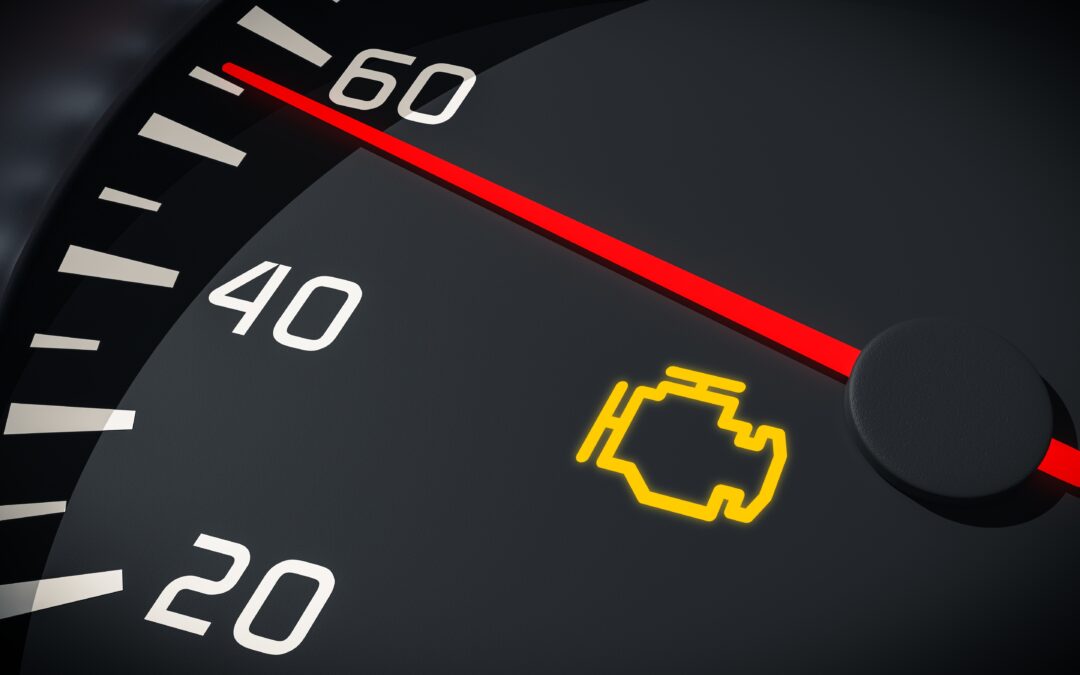Few things are as unsettling as the sudden appearance of the dreaded check engine light on your dashboard. This small, glowing icon can signal anything from a loose gas cap to a serious engine issue. In this month’s blog post, we review the common causes of the warning and what to do if you experience this issue. Understanding its significance and taking proactive steps can save you both stress and expense.
Common Causes of the Check Engine Light
The check engine light can be triggered by:
- Loose or Damaged Gas Cap: A simple fix yet often overlooked.
- Oxygen Sensor Issues: Critical for your vehicle’s fuel efficiency.
- Faulty Spark Plugs or Wires: These components are vital for engine performance.
- Catalytic Converter Problems: If neglected, these can lead to costly repairs.
- Mass Airflow Sensor Failures: Impacts fuel-to-air ratio and overall drivability.
Steps to Take When the Light Comes On
- Don’t Ignore It: While your vehicle may still run, ignoring the light can exacerbate problems.
- Check the Gas Cap: Ensure it is tightened securely or replace it if damaged.
- Use an OBD-II Scanner: Many auto parts stores offer free diagnostic checks to identify the error code.
- Consult a Service Professional: If the issue is not obvious, seek professional help promptly.
You can be proactive and stay ahead of any check engine issues by following a few simple rules:
- Regular Maintenance: Stick to your vehicle’s maintenance schedule for oil changes, air filter replacements, and tune-ups.
- Use Quality Fuel: Poor-quality gas can lead to engine inefficiencies.
- Replace Parts on Time: Worn-out spark plugs, wires, and sensors should be replaced as recommended by your vehicle’s manual.
By staying vigilant and addressing issues early, you can keep your vehicle running smoothly and avoid the stress of unexpected repairs. If you would like to have your vehicle inspected and/or maintained, contact the service professionals at Campus Repair to schedule an appointment.

